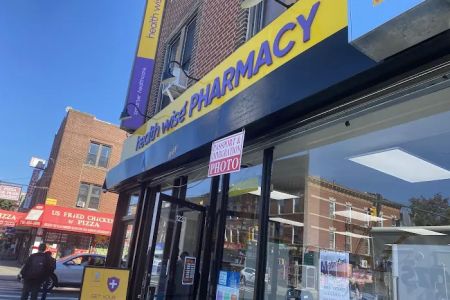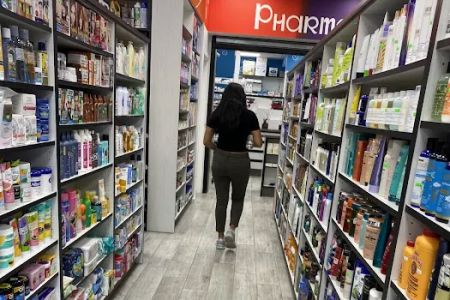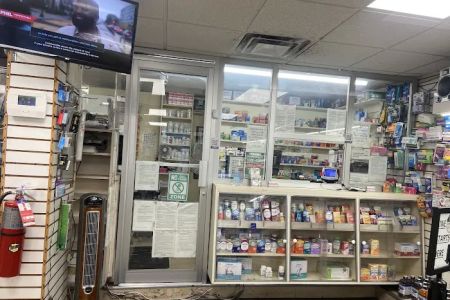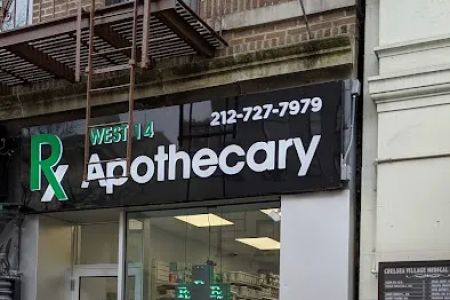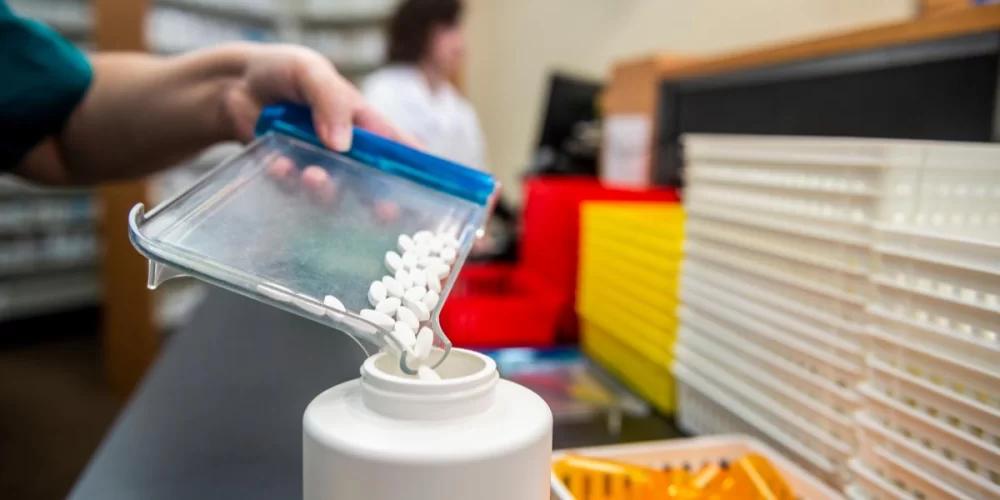
- Understanding the Risk of Medication Theft or Loss
- Why Preventing Medication Theft is Crucial
- Practical Steps to Prevent Medication Theft or Loss
- Leveraging Technology for Enhanced Security
- Creating a Secure Workplace Culture
Understanding the Risk of Medication Theft or Loss
Medication theft or loss can significantly disrupt a pharmacy’s operations and put patients at risk. Both prescription drugs and over-the-counter medications are highly valuable targets for theft due to their demand and high resale value. Pharmacies, hospitals, and clinics are particularly vulnerable to such risks, which may lead to financial losses, legal consequences, and jeopardize patient care. In many cases, theft or loss can occur due to a lack of proper monitoring, insufficient security systems, or negligent practices.
Why Preventing Medication Theft is Crucial
Ensuring medication security is not just about protecting inventory; it’s about safeguarding patient health and complying with legal requirements. Medication theft can lead to harmful consequences for individuals who misuse stolen drugs. This is especially true with controlled substances, where the risk of addiction and overdose is heightened. From a legal perspective, pharmacies are obligated to comply with strict regulations regarding the handling and storage of medications. A theft incident may trigger fines, audits, and even the revocation of licenses, which can be devastating for any pharmacy.
Practical Steps to Prevent Medication Theft or Loss
1. Implementing Secure Storage Systems – Secure storage of medications is the first line of defense. Lockable cabinets, safes for controlled substances, and restricted access zones for high-value medications can significantly reduce the chance of theft.
2. Staff Training and Awareness – Ensuring that all employees are aware of theft prevention policies is crucial. Regular training on how to identify suspicious behavior and secure medications effectively can help prevent both internal and external theft.
3. Regular Audits and Inventory Checks – Routine audits and inventory checks help spot discrepancies early, making it easier to catch any theft or loss before it becomes a significant issue. This practice not only helps track medications but also strengthens the pharmacy’s overall management system.
4. Limiting Access to Medications – Limiting the number of staff members who have access to medications can minimize opportunities for theft. Implementing role-based access ensures that only authorized individuals handle high-risk medications.
Leveraging Technology for Enhanced Security
Technology has revolutionized the way pharmacies approach medication theft prevention. Advanced tracking systems, security cameras, and digital inventory management tools can offer real-time data on medication stocks and transactions. Automated dispensing systems reduce human interaction with medications, and RFID technology allows for precise tracking of inventory movements. Moreover, surveillance cameras provide continuous monitoring and a deterrent against theft.
Creating a Secure Workplace Culture
A secure pharmacy environment starts with fostering a strong security culture among employees. This means emphasizing the importance of following procedures and reporting suspicious activities. When staff feel invested in a pharmacy’s success and safety, they are more likely to follow policies and take proactive steps in safeguarding medications. Encourage transparency and accountability, which will help minimize the risk of internal theft.
As a pharmacy owner or manager, your role in preventing medication theft or loss cannot be overstated. Adopting the best practices discussed here, such as secure storage, regular audits, and leveraging modern technology, will help mitigate risks and ensure the safety of your medications. For the most reliable products and services to protect your pharmacy, consider visiting Pharmacy, where you can find security solutions tailored to your needs.









